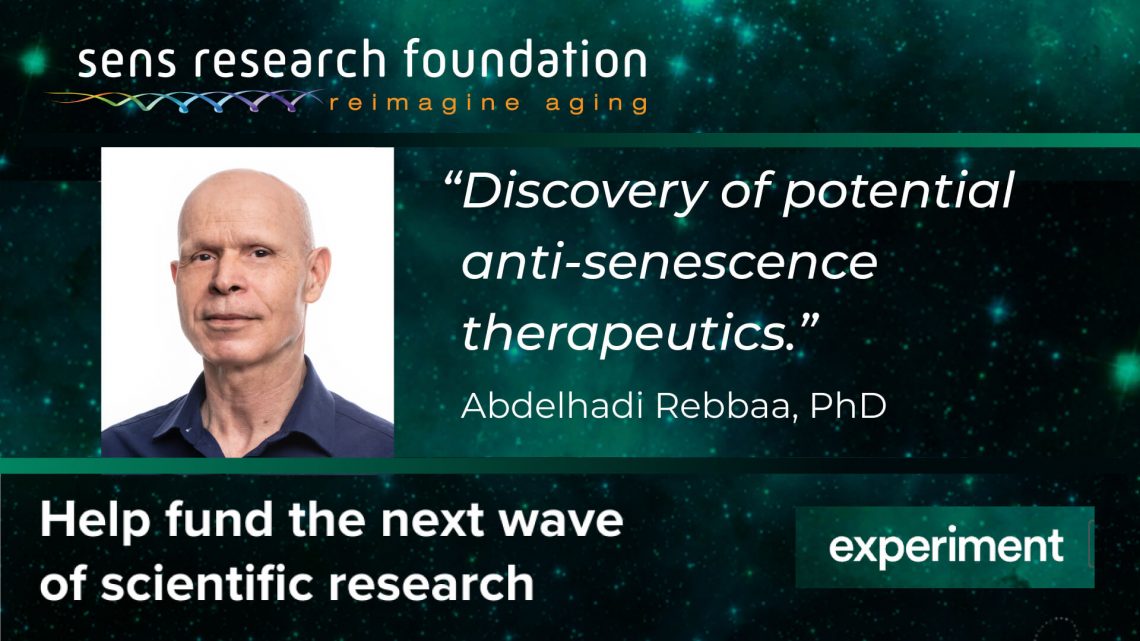SRF has launched a fundraising campaign on experiment.com to fund projects in damage repair research. Find out more about our Research Department’s amazing projects, and be a part of our quest by donating today.

Help Us Find a Cure for Mitochondrial DNA Diseases
Amutha Boominathan, PhD
Inherited and acquired mutations in the mitochondrial DNA can lead to several debilitating diseases, including blindness, neurodegeneration, and sarcopenia. Gene therapy can be a viable strategy to alleviate such diseases. We are searching for variations of the COX2 gene that can improve how cells function and help their restoration. Think of it as restoring the power plant that produces energy for a city. Donate today — the power of giving can help us keep the power of life in our cells!
Goals of the project:
We propose to generate > 1 million variants for the COX2 gene using error-prone PCR similar to a study performed in yeasts and test these variants in rescuing oxidative phosphorylation, a function that is crucial for ATP production in mammalian cells. We will test this in a human model cell line that is lacking the COX2 protein. This cell line is unable to grow in nutrient medium restrictive for oxidative phosphorylation. Upon placing the variants in such a medium, only cells that are capable of performing oxidative phosphorylation can survive. Results from such an experiment would not only be a significant step towards efficacious COX2 gene therapy but would also provide key insights into the genetic changes necessary for successful allotopic expression of all mitochondrial genes.
Our Previous Campaigns:
Help us Fight Aging with Our Anti-Senescence Discovery
Abdelhadi Rebbaa, PhD
Aging is a risk factor for many chronic and terminal diseases. The accumulation of senescent cells in the body over time is a major cause of aging. The RepleniSENS team at SENS Research Foundation is working on identifying therapeutics that reduce senescent cell accumulation in our bodies and extend our health span. By supporting this project, you will help accelerate the creation of a novel arsenal of weapons to combat aging and prevent age-related chronic diseases. Donate for more health!
Goals of the project:
As a model to study senescence in a dish, we will use a type of healthy cells that emit light when they are induced into senescence. This assay will allow us to assess relatively quickly the efficacy of therapeutic candidates that inhibit senescence.
By using this cellular model and in order to increase our chance of finding effective anti-aging candidates, we will screen a large library of compounds for their ability to delay senescence.
We have already established and validated this assay in our laboratory, and we are ready to start the screening. This process is expected to last about 6 months. The identified candidates will be considered in future studies for rigorous preclinical and clinical testing.




